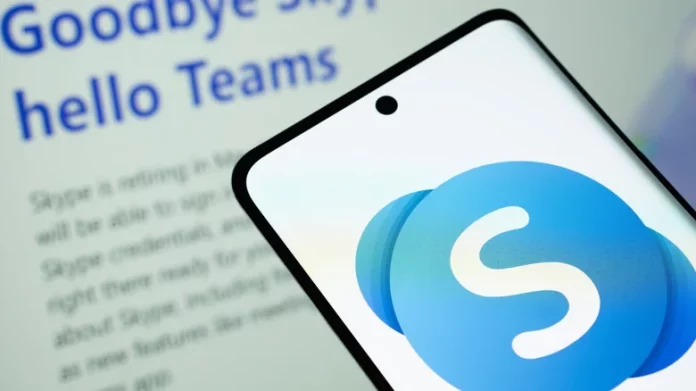When it first launched, Skype was nothing short of revolutionary. It transformed the way people connected, making free video calls across continents as easy as sending an email. Decades before hybrid work and remote learning became buzzwords, Skype had already paved the way for apps like Zoom, Google Meet, and WhatsApp.
In 2011, Microsoft purchased Skype for a staggering $8.5 billion — its largest acquisition at the time. But by May 2025, the company officially pulled the plug on what was once a cornerstone of online communication. The reason came down to one word: Teams.
The Rise of Microsoft Teams
Debuting in 2017 as a direct rival to Slack, Microsoft Teams quickly evolved beyond simple chat. It absorbed many of Skype’s most loved features — video calls, messaging, and file sharing — and combined them with seamless Office 365 integration. Skype, once essential, suddenly felt outdated.
When the COVID-19 pandemic forced the world online, tools like Zoom captured the spotlight. Skype, surprisingly, faded into the background. Despite its head start and huge user base, Microsoft failed to position Skype as the go-to solution for the remote revolution. The writing was on the wall: Skype’s glory days were numbered.
From Friendly to Frustrating
Not long after the acquisition, Microsoft began reinventing Skype for a more business-focused audience. But in the process, it alienated millions of loyal users who had loved its simplicity. The interface, once intuitive and friendly, became cluttered with social integrations, emojis, GIFs, and flashy add-ons that no one asked for.
Worse yet, Microsoft’s push to merge Skype into other platforms — from Facebook and Outlook to Xbox — muddied its identity. Then came the notorious 2017 redesign, a Snapchat-inspired overhaul that turned user frustration into exodus. Zoom, sleeker and far more reliable, welcomed them with open arms.
By the late 2010s, Skype’s performance had deteriorated. Laggy connections, dropped calls, and bloated software made it feel more like a relic than a tech leader. Even with over 400 million users heading into the pandemic, that number dwindled to just 336 million by 2023 — a steep fall during a video-conferencing boom.
From Household Name to History
Skype’s final years were bittersweet. As Microsoft poured its resources into Teams, competitors filled every niche Skype once dominated. Families turned to FaceTime and Messenger. Professionals migrated to Zoom, Slack, and Teams. Communities flourished on Discord. Skype, once synonymous with video calling, faded quietly into irrelevance.
When Microsoft officially announced Skype’s retirement in 2025, few were surprised. It was no longer the scrappy innovator that connected loved ones across long distances, but a product that lost sight of its purpose and audience.
What remains today is a shadow of its former self — the Skype Dial Pad still exists in the web portal and Teams Free, a small nod to its legacy. But the platform that once defined digital communication is gone. Skype’s story stands as a modern tech parable: innovation brings success, but evolution ensures survival.





